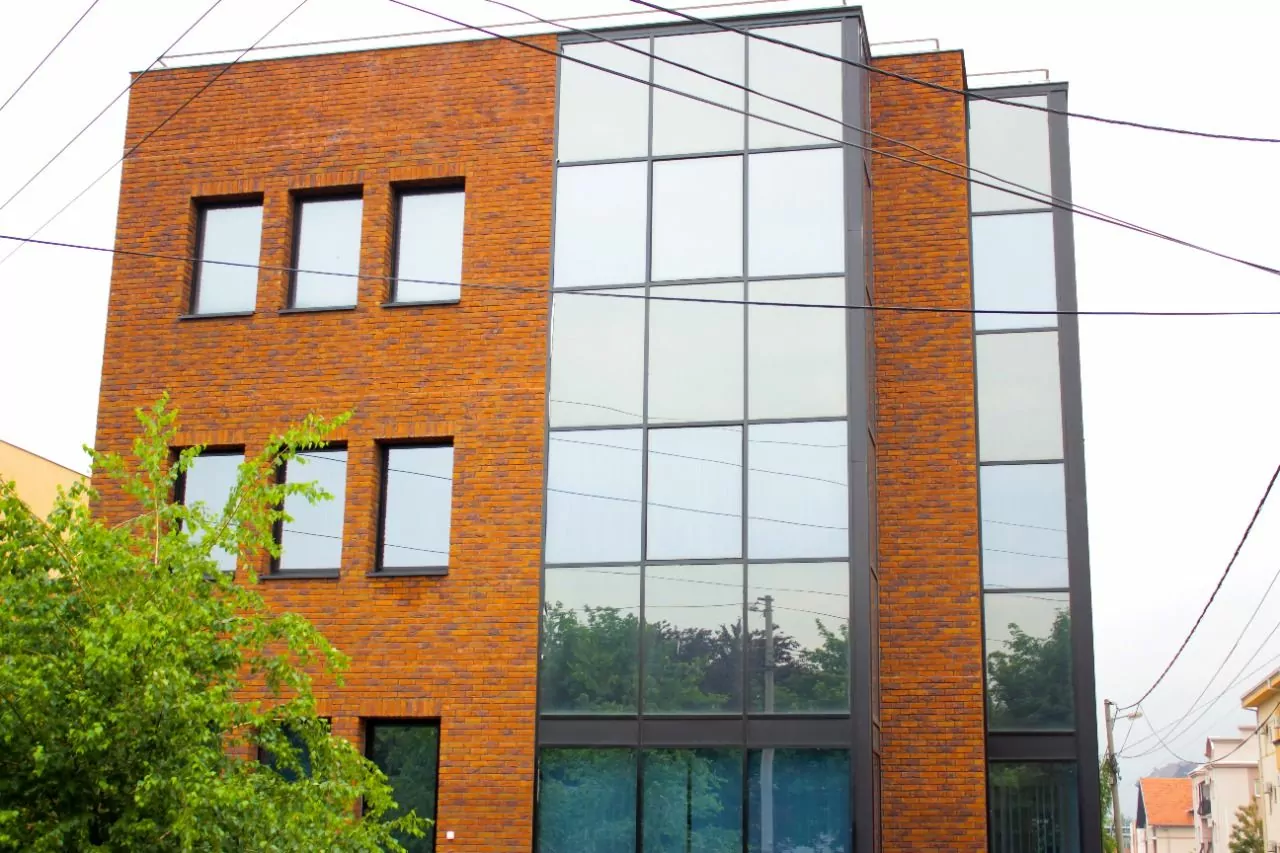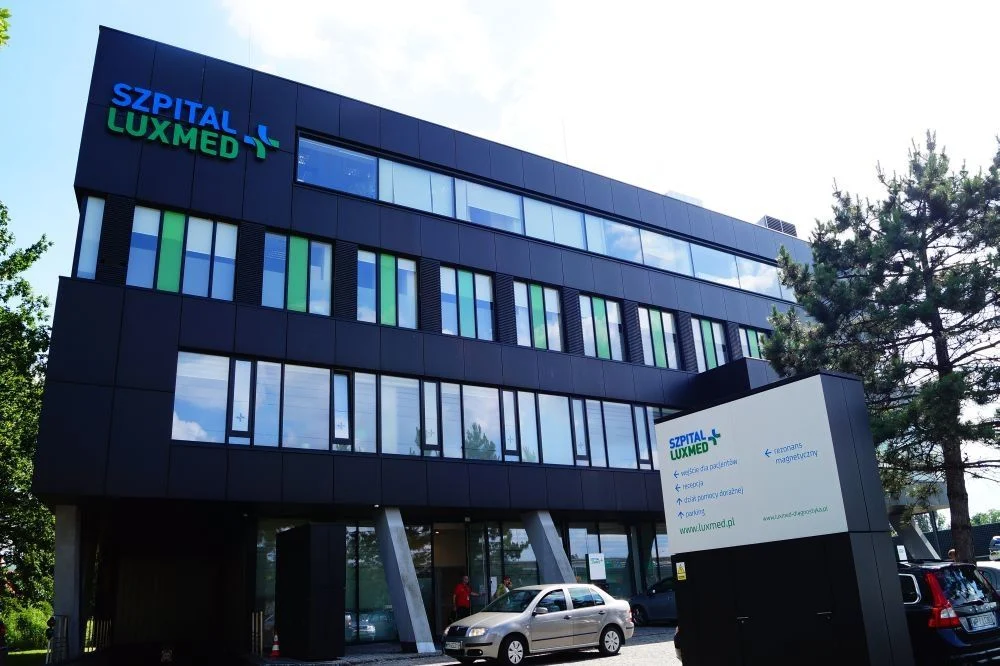In the ever-changing world of cosmetic surgery, few inventions have attracted as much attention as the use of stem cells for skin. What used to belong under the heading “Regenerative Medicine” has quickly become part of anti-aging protocols, providing an attractive alternative to traditional cosmetic injections and skin creams.
The difference between stem cell treatment for skin and conventional cosmetic surgery is that stem cells locate the problem at its root. Harvested from sources such as bone marrow, adipose tissue, and even plant-derived analogues, these morphogenic agents restore sleepy cellular processes back to life. The results? A medicinal re-renaissance of skin beauty that is both less artificial and more informal.
How Stem Cells and Your Skin Interact
In principle, stem cells are still undeveloped biological units that canbe transformed. When introduced into the skin’s environment, not only do these cells function as substitutes but also as transmitters. Stem cells for wrinkles release growth factors – biochemical messengers that send the skin signals to start boosted collagen production, reorganize local lymphatics, and circulate. This chain of reactions encourages not just a smoother texture but also increased strength, locked-in moisture, and luminosity of the skin matrix.
Unlike collagen creams that only act on the surface of your skin, anti-aging stem cells are meant to realign how your skin below the level of the dermis behaves. This makes them particularly suitable for those who seek long-term transformation, rather than mere temporary plumping up or smoothing over problems.
What Goes on During a Stem Cell Facial Treatment
The treatment can be applied in various ways – topical application, micro-needling infusion, or direct injection. Some strategies for boosting collagen production includes, as well as the above, adding platelet-rich fibrin, hyaluronic acid, and bio-identical peptides to boost the effect. Normally, a course of sessions is performed, with visible rejuvenation often coming about after the second or third session.
In these days, a fully-covering rejuvenation package might look like this:
- Consultation with a dermatological or regenerative specialist;
- Diagnostics and digital mapping;
- Application or injection of autologous or donor-derived cells;
- Complementary treatments (PRP, LED light therapy, peptides);
- Follow-up appointments for monitoring and adjustment.
These therapies are often included in international dental plans and medical travel health programs. In countries with a reputation for great medical tourism, such as China, Japan, or Germany, international dental centers and aesthetic medicine clinics abroad are frequently under one roof.
You’ve Come This Far
Another type of therapy today focuses on gentle, internal regeneration. It’s not just your skin that looks smoother and younger; on a biological level all around, your face acts young again. Tissues respond more elastically to external stimuli, and blemishes seem to fade away in spite of aggressive peels or lasers.
Although still considered avant-garde in some regions, dental makeover customers and health tourists are increasingly linking cosmetic dental work with stem cell facials. The result: a Hollywood smile to have with you for life – alongside one looking young but doesn’t overdo it.
Is stem cell good for anti-aging?
Yes. By stimulating collagen and elastin production, stem cells can aid in natural regeneration. It makes them a potent tool in skin rejuvenation and wrinkle reduction.
How much does stem cell anti-aging cost?
It varies widely by region and clinic, but typical per-session prices range between $1,500 and $7,000. Some overseas establishments will sell package deals as part of anti-aging or dental wellness programs.
What is the best age for stem cell therapy?
Most practitioners suggest waiting until one’s late 30s or early 40s, when signs of skin aging begin to speed up – but younger and older people may still benefit if their skin quality and health history permit.
Is stem cell better than collagen?
Such therapies don’t just replace collagen. Rather, it prods your body to produce its own, potentially providing more natural and effective results than simply applying collagen topically.
What are the negative effects of stem cell therapy?
Although such a therapy path is generally safe, aftereffects could range anywhere from swelling to unusual discoloration below key buttonholes. Occasionally, allergic reactions or infections will also happen. Make sure at all times that these operations are done in a clinically assured, sterile clinical environment.











